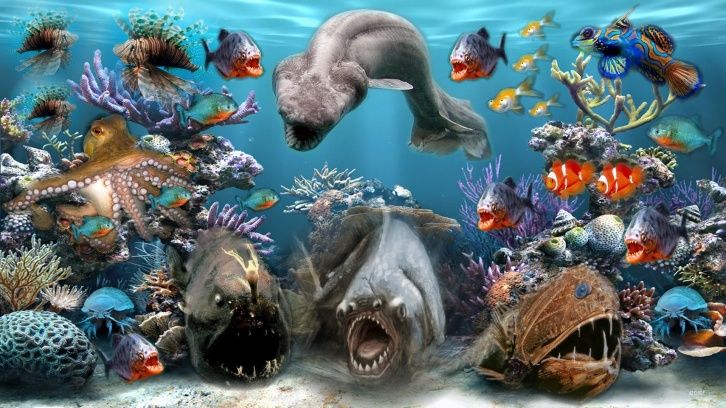
FAQ About Ocean Life

What is the role of kelp forests in the ocean?
Kelp forests are underwater ecosystems dominated by large, brown seaweeds known as kelp. They are found in cold, nutrient-rich coastal waters around the world. Kelp forests play a vital role in the ocean ecosystem and provide numerous ecological benefits. Here are some key roles of kelp forests:
- Habitat and Biodiversity: Kelp forests provide important habitat and shelter for a wide range of marine organisms. The complex structure of kelp creates a three-dimensional environment, offering refuge, food, and breeding grounds for various species. Numerous invertebrates, fish, crustaceans, and marine mammals rely on kelp forests for survival.
- Nursery Grounds: Kelp forests serve as crucial nursery grounds for many species. The dense kelp canopy offers protection from predators and strong currents, allowing juvenile fish and invertebrates to grow and develop before venturing out into the open ocean.
- Food Web Support: Kelp forests form the base of a productive food web. The kelp itself is a primary producer, conducting photosynthesis to convert sunlight and nutrients into organic matter. This forms the foundation of the food chain, with herbivores such as sea urchins, snails, and fish grazing on the kelp. In turn, these herbivores become prey for predators higher up the food chain, including larger fish, birds, and marine mammals.
- Carbon Sequestration: Kelp forests play a significant role in carbon sequestration, helping mitigate the impacts of climate change. Kelp absorbs and stores substantial amounts of carbon dioxide from the atmosphere during photosynthesis. When kelp detaches or dies, it can sink to the seafloor, effectively transferring carbon from the atmosphere to the ocean depths.
- Coastal Protection: Kelp forests provide important coastal protection by reducing the impacts of waves and storms. The dense canopy of kelp helps dissipate wave energy, reducing coastal erosion and providing a buffer against storm surges. Kelp forests contribute to stabilizing coastlines and preserving delicate coastal ecosystems.
- Nutrient Cycling: Kelp forests are highly productive ecosystems, taking up nutrients from the water column and cycling them within the ecosystem. The rapid growth and shedding of kelp result in a continuous supply of organic matter, which supports nutrient recycling and the productivity of adjacent ecosystems.
